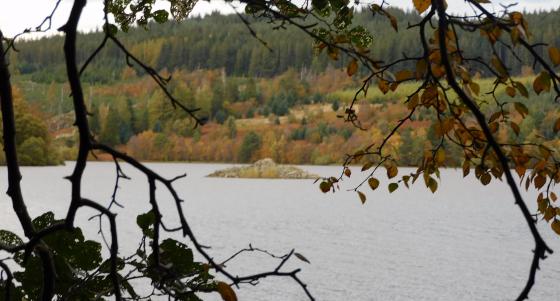Visited 13.3.2011, on the way back into Inverness after a walk out to Torbreck. This sadly ruined cairn, presumably of a Clava type, is surrounded by a recent housing development. Accessing the site requires a climb over a post and wire fence separating it from the houses.
The site is somewhat confusing, and appears to consist primarily of the remains of the southern part of a kerb of nicely selected, round-ended stones, graded up to a height of over a metre. Various other fallen stones lie around the perimeter, including a couple at the foot of a mature tree on what would be the NE side of a ring.
It is not clear what form the central cairn took, although the OS shows it as “chambered”, presumably based on other Clava-type sites in the surrounding area.
A shame that it is in such a poor state, but at least it survived the building of the estate without further damage. Not much atmosphere here though, sadly.























































































































































